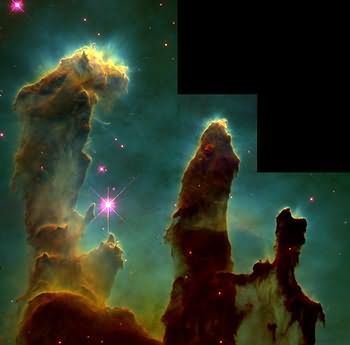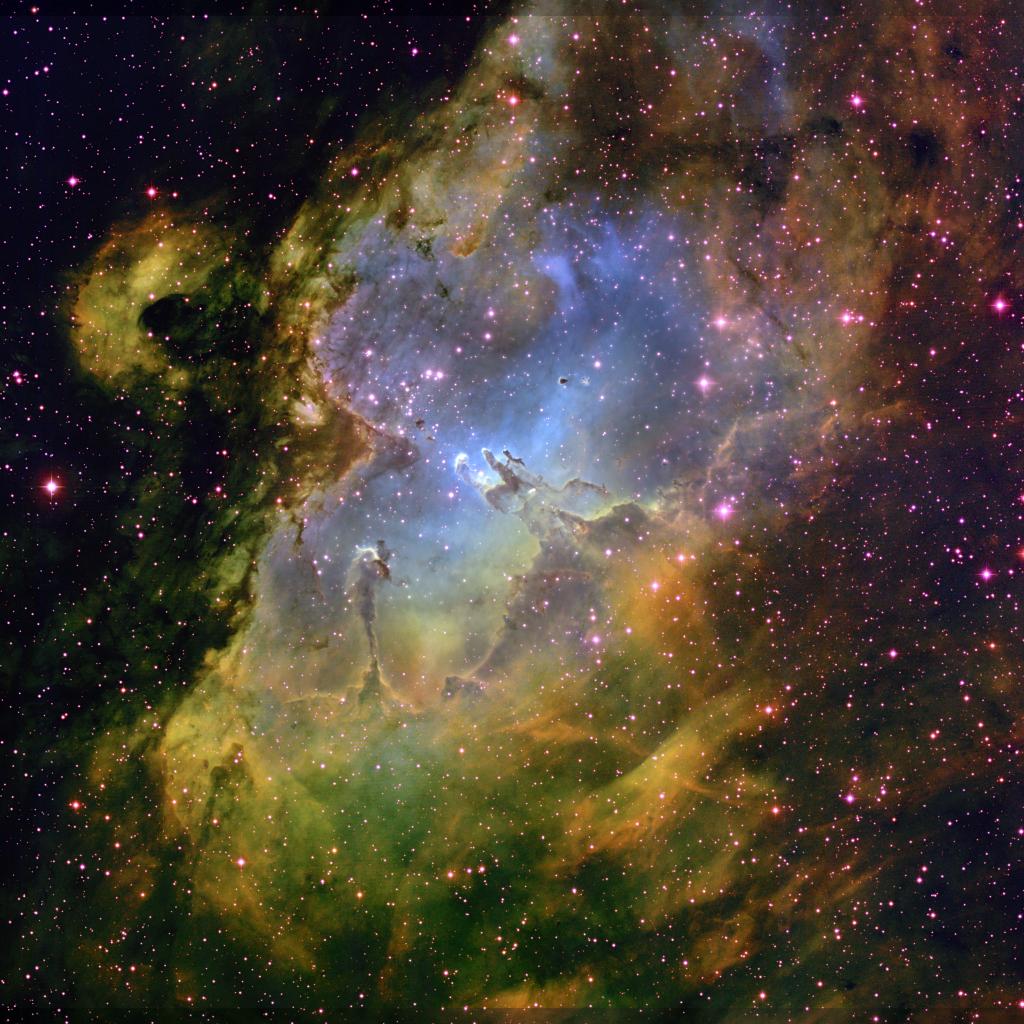Star Formation and the Interstellar Medium

The study of the atoms, molecules and dust between the stars in the Milky Way -- the interstellar medium (ISM) -- provides valuable information about the process of star formation and the related process of planet formation. In this regime energy input from radiation, winds, and explosions of massive stars can have great influence, heating the gas and dust, and triggering collapse of large molecular gas clouds which fragment into stars.
At Steward detailed mutiwavelength studies of nearby stellar nurseries are underway with the goal of providing a complete picture of the complex processes that dominate the massive star-forming environment.
Faculty and Research Staff with a research interest in this area include:
- John Bieging - Planetary Nebulae, Interstellar clouds
- Josh Eisner - Star Formation
- Serena Kim - Star Formation
- Kaitlin Kratter - Protostellar disks, Binary star formation
- Dan Marrone - Star Formation
- George Rieke - Mid-IR Observations
- Glenn Schneider - Circumstellar Environments
- Yancy Shirley - Star-Forming Regions, Intestellar clouds
- Nathan Smith - Circumstellar Material, Star-Forming Regions
- Kate Su - Circumstellar Environments
- Chris Walker - Molecular Cloud Physics
- Andrew Youdin - Planet Formation, Hydrodynamics and Turbulence
- Lucy Ziurys - Interstellar Medium
A discussion group that focuses on ISM science meets regularly on alternate Mondays at noon during the academic year in N 305.

(Bottom Right) The Eagle Nebula, Messier object 16, as observed with the 0.9-meter telescope at Kitt Peak in Arizona. (Top Left) A magnified image of the "Pillars of Creation" lying at the center of the Eagle Nebula

For Public
Public events include our Monday Night Lecture Series, world-reknowned Astronomy Camp and Mt Lemmon Sky Center.

For Students
A good place to start if you want to become an undergrad major or grad student, or need to find our schedule of classes.

For Scientists
Find telescopes and instruments, telescope time applications, staff and mountain contacts, and faculty and staff scientific interests.




